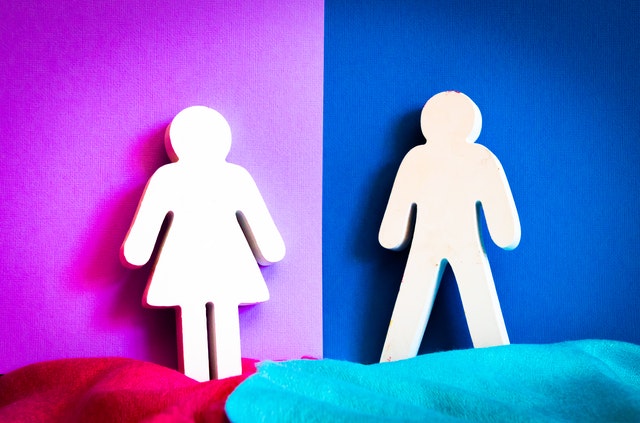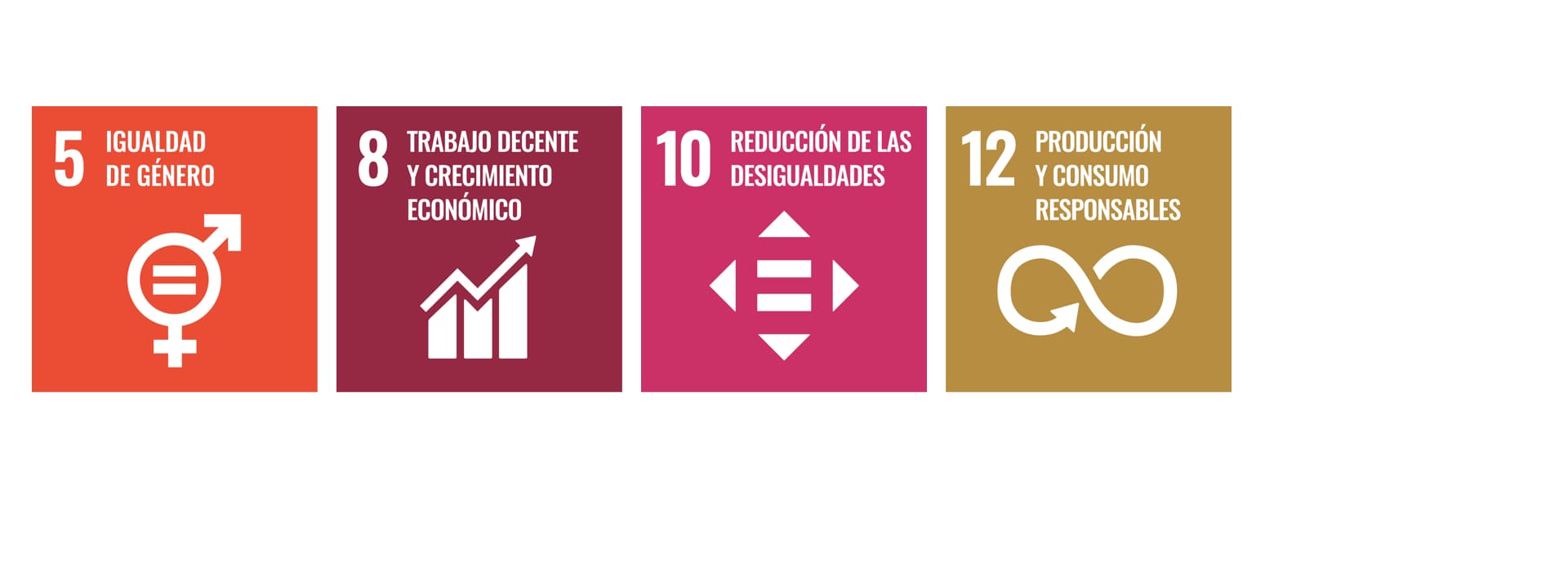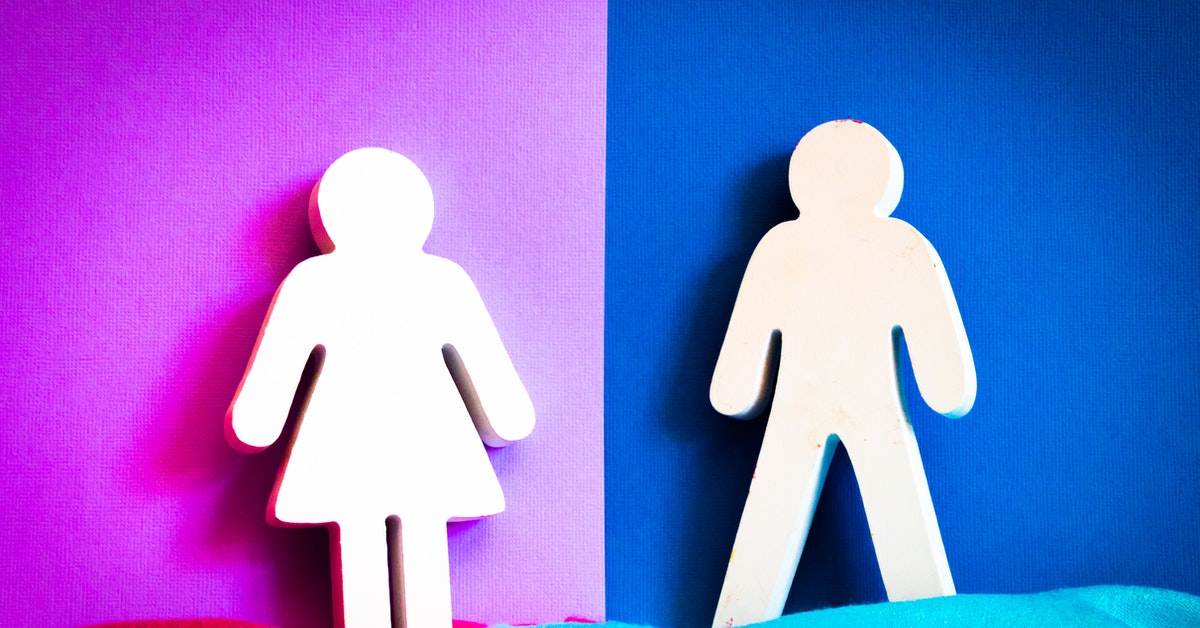Women are involved in more than 80% of purchasing decisions. It is not surprising that they are the target audience of many marketing and communication campaigns, although they are often spoken to from a male perspective. Cristina Aced, expert in Corporate and Digital Communication, analyses the strategies of brands to approach female audiences.

Cristina Aced
Lecturer in the Business & Management Strategy Dept.
Expert in Corporate and Digital Communication
__
Women represent approximately half of the world population, and it is estimated that they are involved in more than 80% of purchasing decisions. In light of these facts, it is not surprising that they are the target audience of many marketing and communication campaigns. It is a pity that, in many cases, brands take the wrong approach.
"Most brands still talk to women from a male perspective, telling them what they are and what they can be", says Jane Cunningham and Philippa Roberts, authors of the book Brandsplaining: Why Marketing is (Still) Sexist and How to Fix It.
Misunderstood FeminismIn May 2017, Dove launched a limited edition of its gel in the UK, with bottles that mimicked different female body shapes. In total, there was a choice of six bottles that were intended to represent the diversity of women's complexions and aimed to "simply show that its iconic gel can come in different sizes and shapes", as the company explained. Criticism soon followed from female customers who, far from seeing the proposal as fun, considered it to be frivolous on a sensitive subject. Social networks were filled with memes and criticism of the campaign.
PepsiCo also had to rethink the idea of launching Lady Doritos, a new line with less crunchy snacks, so they would make less noise when eaten, and presented in smaller bags, so they could be carried in a handbag. Indra Nooyi, CEO of PepsiCo, said in an interview that snacking is different for men and women, because they like to "lick their fingers and eat the crumbs". Hence, her proposal to adapt the product for the female audience.
Women are involved in more than 80% of purchasing decisions, but many brands target women in their campaigns from a male perspective
The idea generated so much rejection on social media that the company was forced to clarify in a tweet that it was not planning to launch the product, assuring that "we already have Doritos for women, they are called Doritos". The snack brand fell for the now supposedly outdated "shrink it and pink it" mantra that for many years defended the idea that, to adapt a product to a female audience, it was enough to make it smaller and pink.
To definitely move away from this approach, the next step in marketing to women is to stop marketing to women, says Alexandra Matine, Senior Strategist at the 72andSunny Agency. In fact, women do not expect to see specifically female communication. According to Havas Group's Meaningful Women 2030 Study, only 10% ask for advertising explicitly targeted at women. In reality, what they want is an inclusive communication in which gender roles do not exist. The report points out that companies could improve their brand image by up to 86% by adopting this more egalitarian perspective, far removed from stereotypes.
Glass ceiling, also in communicationI doubt that these campaigns, widely criticised as sexist, were created by women. In fact, the II Study of the Spanish Advertising Population shows that there are only 22% of female creative directors in Spain, the role with the greatest creative control within agencies. A figure that has only increased by 7% in the last decade and which is really low if we take into account that women represent more than half of the base of the creative pyramid, as the report by the Club de Creativos and the APG points out.
In Spain, there are only 22% of female creative directors. Although 2 out of every 3 professionals in the communication and advertising sector are women, their presence falls in the highest positions
Beyond the creative areas, in other strategic leadership roles linked to the communication sector, such as communication management, the presence of women is not greater either. Two out of every three professionals in this sector are women, but their presence decreases in the highest positions, according to the Gendercom Report: gender gaps and opportunities in the communication management profession in Spain, prepared by DirCom. And if we focus on Ibex 35 companies, we find that only 24% of listed companies have women as dircoms.
The pay gap is maintained throughout the communications sector, and also affects junior positions, although it is particularly noticeable in leadership positions: 27% of men earn more than 100,000 euros compared to 11.7% of women in the same management positions, according to Gendercom.
Inclusive communication without stereotypesFar from misguided marketing for women, 'femvertising' is gaining ground. It is a new female communication that seeks to empower women after decades of stereotyped advertising. Many of these campaigns star women, although it is not essential that this is the case. A good example is the Stabilo campaign, which in a successful campaign that went viral used its highlighter pens to spotlight and make visible women who went unnoticed at great moments in history.
Companies such as Google, Microsoft and Twitter joined forces in 2017 to create the Unstereotype Alliance, with the aim of eliminating gender bias in their advertising
Little by little, companies are becoming aware of the need for more inclusive and integrated communication. Multinationals such as Unilever, Johnson & Johnson and P&G, and large technology companies such as Google, Microsoft and Twitter, among many others, joined forces in 2017 to create the Unstereotype Alliance, with the aim of eliminating gender bias in their advertising.
Another initiative to take into account is UnaDeDos, which seeks to promote the leadership of female creatives and aims to achieve parity between female and male creative directors by 2030. As we have already seen, a large part of the inequality in the communications sector is due to who occupies the leadership positions, both in advertising agencies and in consultancies and communications departments.

